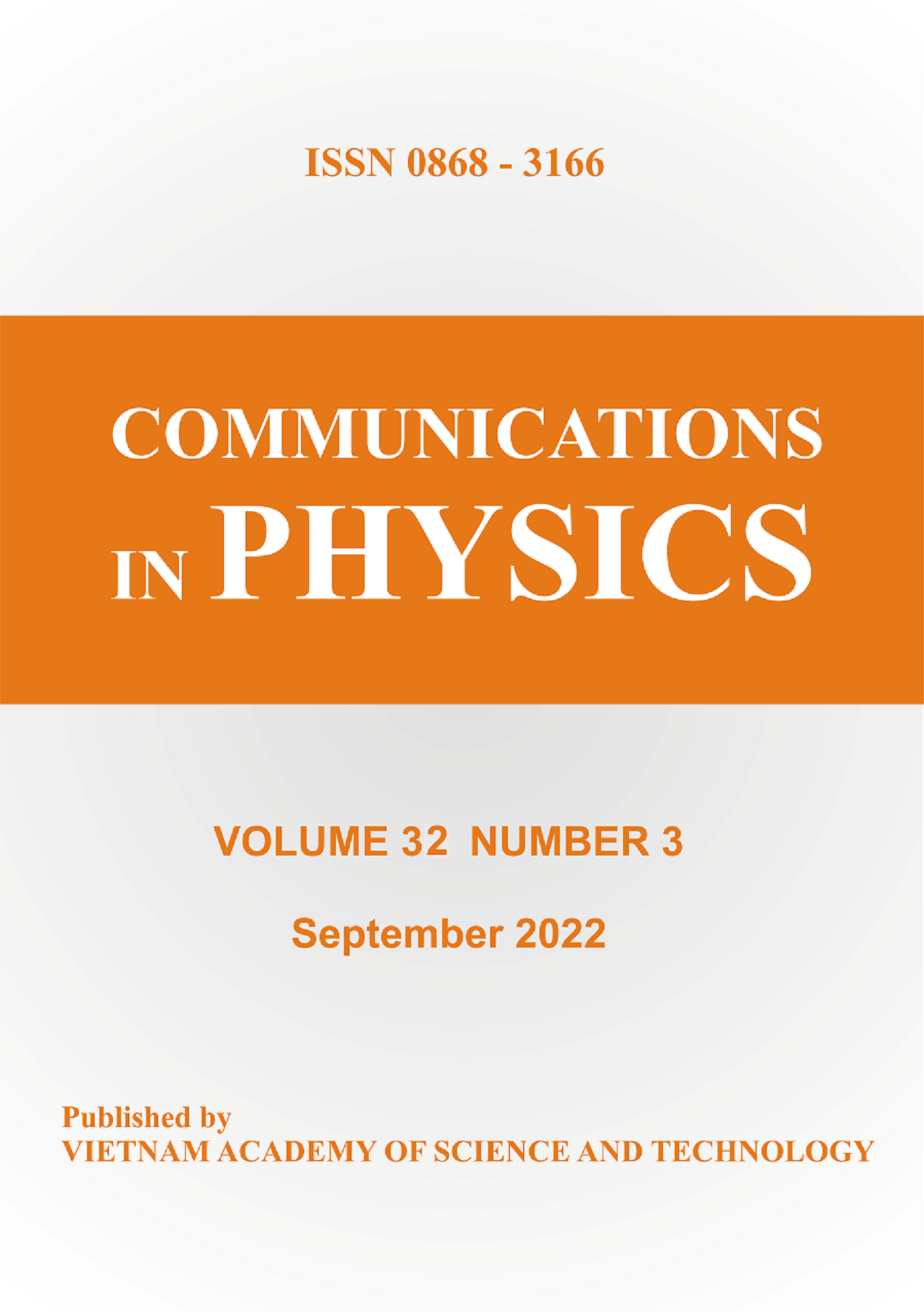Application of Path-integral for Studying EXAFS Cumulants
Author affiliations
DOI:
https://doi.org/10.15625/0868-3166/24/3S1/5075Keywords:
EXAFS cumulants, path-integral, effective potentialAbstract
In this work, the path-integral effective potential (PIEP) method has been applied to re-study the temperature dependence of extended X-ray absorption fine structure (EXAFS) cumulants of materials. Using the trial density matrix and effective potential expression, we derived the analytical expressions of the first three EXAFS cumulants in the first shell of materials. The cumulant relation is also calculated to determine the temperature range in which the PIEP method could be applied. Our results are compared with available experimental data as well as with those calculated by the first-order perturbation approach in anharmonic Einstein model and the reasonable agreements are achieved.Downloads
Download data is not yet available.
Metrics
Metrics Loading ...
Downloads
Published
28-10-2014
How to Cite
[1]
H. K. Hieu and N. M. Hai, Application of Path-integral for Studying EXAFS Cumulants, Comm. Phys. 24 (2014) 40–44. DOI: https://doi.org/10.15625/0868-3166/24/3S1/5075.
Issue
Section
Papers
License
Authors who publish with CIP agree with the following terms:- The manuscript is not under consideration for publication elsewhere. When a manuscript is accepted for publication, the author agrees to automatic transfer of the copyright to the editorial office.
- The manuscript should not be published elsewhere in any language without the consent of the copyright holders. Authors have the right to enter into separate, additional contractual arrangements for the non-exclusive distribution of the journal’s published version of their work (e.g., post it to an institutional repository or publish it in a book), with an acknowledgement of its initial publication in this journal.
- Authors are encouraged to post their work online (e.g., in institutional repositories or on their websites) prior to or during the submission process, as it can lead to productive exchanges or/and greater number of citation to the to-be-published work (See The Effect of Open Access).
Received 10-10-2014
Published 28-10-2014
Published 28-10-2014













